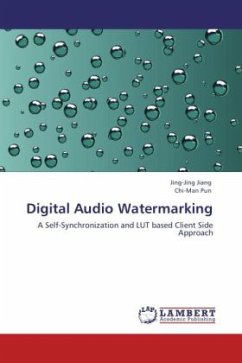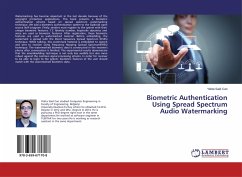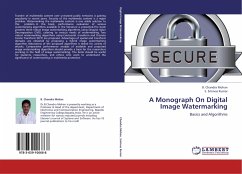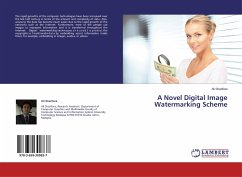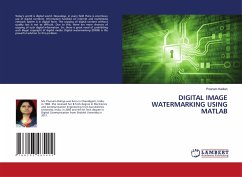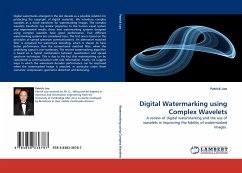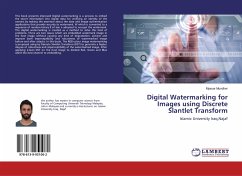Digital audio watermarking usually embeds watermark into the host audio signals in an inaudible way, which relies on the inaudibility of the human auditory system. In general, an audio watermarking scheme adopts one of the following schemes. First one is quantization based watermarking, which quantizes the sample values to make valid sample values and invalid ones. Second one is the spread-spectrum method based on the similarity between watermarked audio and pseudo-random sequence. Third one is the two-set method based on differences between two or more sets, which includes the patchwork scheme. Fourth one is the replica method using the close copy of the original audio, which includes the replica modulation scheme. Fifth one is the self-marking scheme. It could be more difficult to develop audio watermarking algorithms. First of all, comparing to other human sensory organs, such as the eyes and nose, the human ear is far more sensitive to noise. Human ears are so sensitive that they can even detect a small amount of noise.
Bitte wählen Sie Ihr Anliegen aus.
Rechnungen
Retourenschein anfordern
Bestellstatus
Storno

